Refine listing
Actions for selected content:
17000 results
11 - Bayesian multilevel modelling of cosmological populations
-
-
- Book:
- Bayesian Methods in Cosmology
- Published online:
- 11 April 2011
- Print publication:
- 10 December 2009, pp 245-264
-
- Chapter
- Export citation
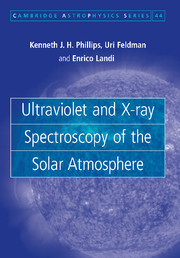
Ultraviolet and X-ray Spectroscopy of the Solar Atmosphere
-
- Published online:
- 07 December 2009
- Print publication:
- 26 June 2008
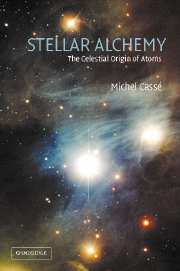
Stellar Alchemy
- The Celestial Origin of Atoms
-
- Published online:
- 07 December 2009
- Print publication:
- 07 August 2003
-
- Book
- Export citation
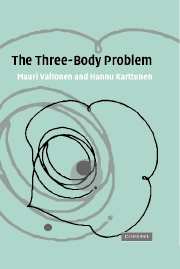
The Three-Body Problem
-
- Published online:
- 04 December 2009
- Print publication:
- 02 March 2006
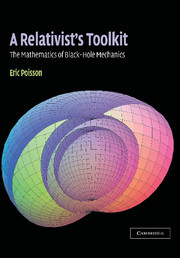
A Relativist's Toolkit
- The Mathematics of Black-Hole Mechanics
-
- Published online:
- 02 December 2009
- Print publication:
- 06 May 2004
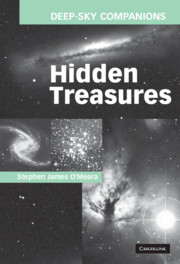
Deep-Sky Companions: Hidden Treasures
-
- Published online:
- 02 December 2009
- Print publication:
- 12 April 2007
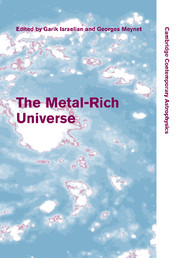
The Metal-Rich Universe
-
- Published online:
- 02 December 2009
- Print publication:
- 03 July 2008

The Earth's Plasmasphere
-
- Published online:
- 24 November 2009
- Print publication:
- 28 January 1998
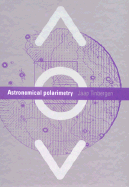
Astronomical Polarimetry
-
- Published online:
- 24 November 2009
- Print publication:
- 05 September 1996

The Emission-Line Universe
-
- Published online:
- 23 November 2009
- Print publication:
- 20 November 2008
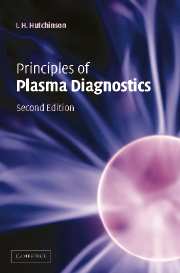
Principles of Plasma Diagnostics
-
- Published online:
- 23 November 2009
- Print publication:
- 18 July 2002

Light Curves of Variable Stars
- A Pictorial Atlas
-
- Published online:
- 23 November 2009
- Print publication:
- 28 October 1996
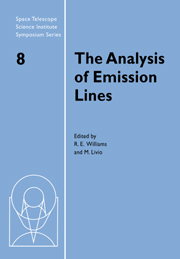
The Analysis of Emission Lines
-
- Published online:
- 23 November 2009
- Print publication:
- 19 October 1995

Adaptive Optics in Astronomy
-
- Published online:
- 23 November 2009
- Print publication:
- 17 June 1999
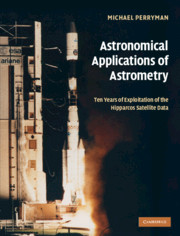
Astronomical Applications of Astrometry
- Ten Years of Exploitation of the Hipparcos Satellite Data
-
- Published online:
- 23 November 2009
- Print publication:
- 04 December 2008
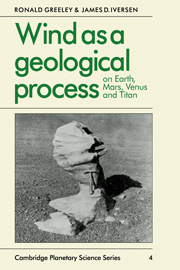
Wind as a Geological Process
- On Earth, Mars, Venus and Titan
-
- Published online:
- 16 November 2009
- Print publication:
- 07 March 1985
Eruptive mass loss in very massive stars and Population III stars
-
-
- Book:
- Massive Stars
- Published online:
- 04 August 2010
- Print publication:
- 12 November 2009, pp 187-198
-
- Chapter
- Export citation
Participants
-
- Book:
- Massive Stars
- Published online:
- 04 August 2010
- Print publication:
- 12 November 2009, pp vii-viii
-
- Chapter
- Export citation
4 - THE N–BODY PROBLEM
- from Part I - Problem Statement and Requirements
-
- Book:
- Theory of Orbit Determination
- Published online:
- 05 June 2012
- Print publication:
- 12 November 2009, pp 33-56
-
- Chapter
- Export citation
11 - SURVEYS
- from Part III - Population Orbit Determination
-
- Book:
- Theory of Orbit Determination
- Published online:
- 05 June 2012
- Print publication:
- 12 November 2009, pp 219-236
-
- Chapter
- Export citation
